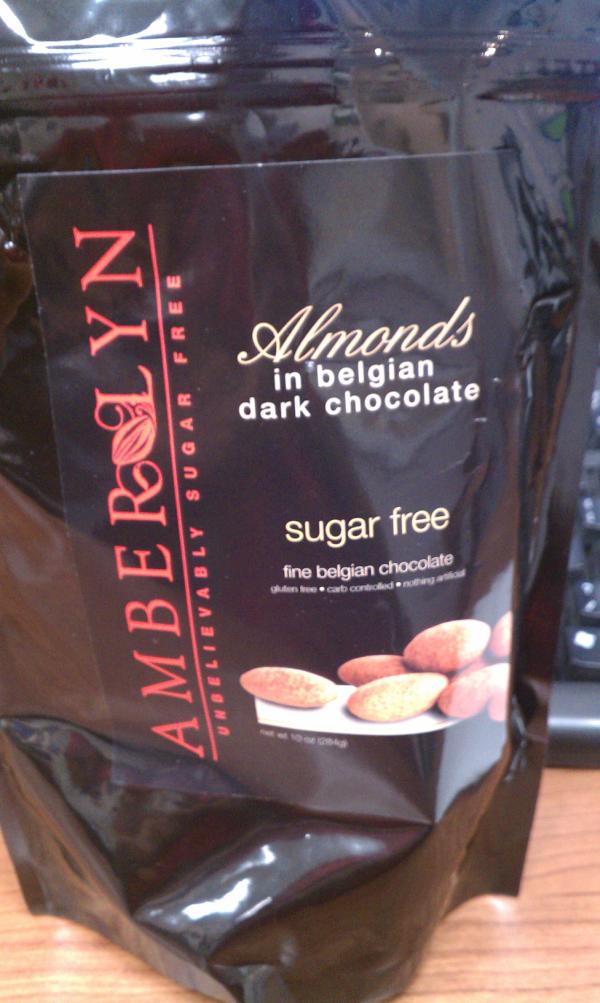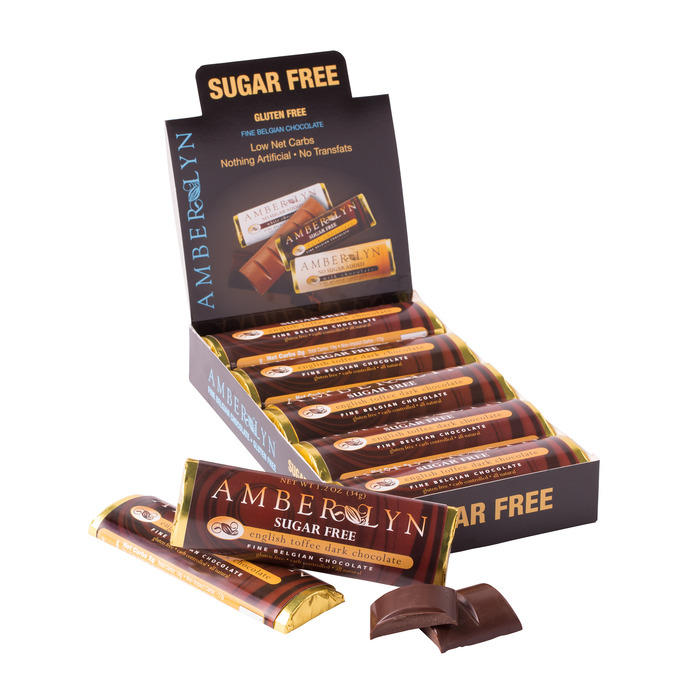

Sure, maltitol is lower than that, but it’s not that far off. But, how bad is it? For comparison, corn syrup (a sugar derived from corn) is around 85-92. Obviously, maltitol and its variants stick out. Polyglycitol / hydrogenated starch hydrolysate: 39.Getting back to the sugar alcohols, I discovered that many of them aren’t that low:

Really, it’s the spikes in blood sugar levels brought on by foods with high glycemic values which cause mischief. While a glycemic value of zero would truly represent a food which has “no effect” on blood sugar levels, that’s not to say that any effect is bad. But, that’s not to say that foods can’t exceed 100 - potatoes can reach into the 150s, for example. The scale is set up so that sugar has a value of 100. For those not aware, the Glycemic Index is a measure of a food’s effect on blood sugar levels. But, is that really the case? To find out, I searched for the glycemic values for various sugar alcohols. The name is a bit misleading as it’s neither a sugar nor an alcohol rather, its chemical structure is merely similar to sugars and alcohols.Īnd, food companies generally subtract food alcohols from the “carb count” on the back of the package as they reason that sugar alcohols have a negligible effect on blood sugar levels. In addition to the usual white-flour-to-soy-flour conversion, sugar is often taken out and replaced with a sugar alcohol.

As food companies try to lower the sugar content of their foods, they’ll try just about anything.


 0 kommentar(er)
0 kommentar(er)
